
Code: 43703996
Estimating Presence and Abundance of Closed Populations
by George A. F. Seber, Matthew R. Schofield
This comprehensive book covers a wide variety of methods for estimating the sizes and related parameters of closed populations. With the effect of climate change, and human territory invasion, we have seen huge species losses and ... more
- Language:
 English
English - Binding: Hardback
- ISBN-13: 9783031398339
Publisher: Springer, Berlin, 2023
- More about this

111.51 €

Low in stock at our supplier
Shipping in 10 - 15 days
Potřebujete více kusů?Máte-li zájem o více kusů, prověřte, prosím, nejprve dostupnost titulu na naši zákaznické podpoře.
Add to wishlist
You might also like
-

The Green Mile
8.95 € -19 % -
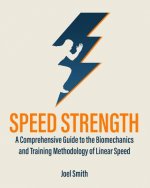
Speed Strength
57.45 €
Give this book as a present today
- Order book and choose Gift Order.
- We will send you book gift voucher at once. You can give it out to anyone.
- Book will be send to donee, nothing more to care about.
More about Estimating Presence and Abundance of Closed Populations
You get 274 loyalty points
 Book synopsis
Book synopsis
This comprehensive book covers a wide variety of methods for estimating the sizes and related parameters of closed populations. With the effect of climate change, and human territory invasion, we have seen huge species losses and a major biodiversity decline. Populations include plants, trees, various land and sea animals, and some human populations. With such a diversity of populations, an extensive variety of different methods are described with the collection of different types of data. For example, we have count data from plot sampling, which can also allow for incomplete detection. There is a large chapter on occupancy methods where a major interest is determining whether a particular species is present or not. Citizen and opportunistic survey data can also be incorporated. A related topic is species methods, where species richness and species' interactions are of interest.A variety of distance methods are discussed. One can use distances from points and lines, as well as nearest neighbor distances. The applications are extensive, and include marine, acoustic, and aerial surveys, using multiple observers or detection devices. Line intercept measurements have a role to play such as, for example, estimating parameters relating to plant coverage.An increasingly important class of removal methods considers successive "removals" from a population, with physical removal or "removal" by capture-recapture of marked individuals. With the change-in-ratio method, removals are taken from two or more classes, e.g., males and females. Effort data used for removals can also be used.A very important method for estimating abundance is the use of capture-recapture data collected discretely or continuously and can be analysed using both frequency and Bayesian methods. Computational aspects of fitting Bayesian models are described. A related topic of growing interest is the use of spatial and camera methods.With the plethora of models there has been a corresponding development of various computational methods and packages, which are often mentioned throughout. Covariate data is being used more frequently, which can reduce the number of unknown parameters by using logistic and loglinear models. An important computational aspect is that of model selection methods. The book provides a useful list of over 1400 references.
 Book details
Book details
Book category Books in English Mathematics & science Biology, life sciences Life sciences: general issues
111.51 €
- Full title: Estimating Presence and Abundance of Closed Populations
- Author: George A. F. Seber, Matthew R. Schofield
- Language:
 English
English - Binding: Hardback
- EAN: 9783031398339
- ID: 43703996
- Publisher: Springer, Berlin
- Dimensions: 235 × 155 mm
- Date of publishing: 12. December 2023
Trending among others
-

Brain
11.73 € -22 % -

Hidden History of the Human Race
13.79 € -20 % -

The Selfish Gene
11.52 € -28 % -

Story Genius
13.89 € -25 % -

Sapiens
35.82 € -4 % -
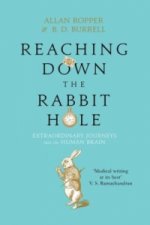
Reaching Down the Rabbit Hole
10.60 € -29 % -

Ways of Attending
25.42 € -

Brain Book
23.47 € -18 % -

Innovations in Cardio-Oncology
190.18 € -

The Molecule of More
15.74 € -26 % -

Undoing Project
11.11 € -14 % -

Sapiens
21.41 € -
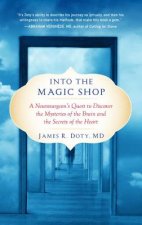
Into the Magic Shop
15.13 € -22 % -

Stealing Fire
14.20 € -31 % -

Book of Beautiful Questions
23.36 € -21 % -

Power of Habit
13.58 € -15 % -
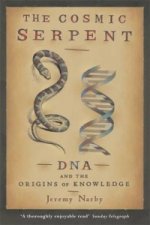
Cosmic Serpent
10.39 € -29 % -

Greatest Show on Earth
11.21 € -23 % -
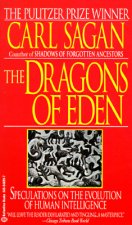
Speculations on the Evolution of Human Intelligence
8.12 € -23 % -

Homo Deus
11.32 € -22 % -

Biology of Belief
16.57 € -28 % -

The Extended Phenotype
12.55 € -28 % -

Brain Rules (Updated and Expanded)
14.10 € -19 % -

Homo Deus
31.91 € -18 % -

Science of Meditation
11.01 € -24 % -

Conscious Mind
21.10 € -25 % -

Evolution
24.29 € -23 % -

It Was Snowing Butterflies
3.39 € -28 % -

Descartes' Error
14.41 € -23 % -

Life on Earth
27.38 € -
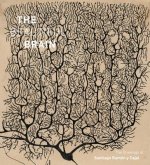
Beautiful Brain
33.97 € -24 % -
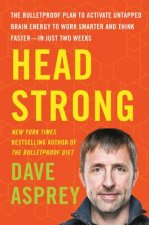
Head Strong
23.98 € -16 % -

Affective Neuroscience
87.72 € -
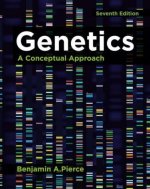
Genetics
94.72 € -
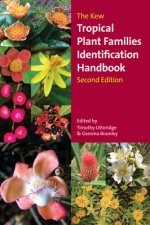
Kew Tropical Plant Identification Handbook, The
20.69 € -28 % -

The Storytelling Animal
16.77 € -18 % -

Brain's Way of Healing
11.52 € -28 % -
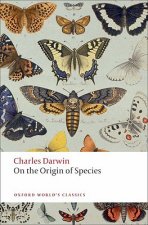
On the Origin of Species
9.46 € -28 % -
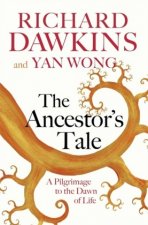
Ancestor's Tale
15.13 € -24 % -

Incognito
15.13 € -22 % -
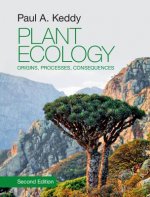
Plant Ecology
71.35 € -

Incredible Unlikeliness of Being
13.58 € -28 % -

Touch
11.52 € -28 % -

New Executive Brain
21.61 € -21 % -
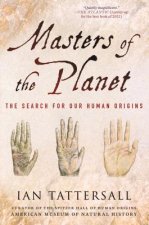
Masters of the Planet
15.64 € -24 % -

Future Humans
27.07 € -
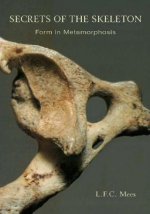
Secrets of the Skeleton
23.67 € -

Once We All Had Gills
42.93 € -

Zooarchaeology and Modern Human Origins
122.32 €
Collection points Bratislava a 2642 dalších
Copyright ©2008-24 najlacnejsie-knihy.sk All rights reservedPrivacyCookies


 15549 collection points
15549 collection points Delivery 2.99 €
Delivery 2.99 € 02/210 210 99 (8-15.30h)
02/210 210 99 (8-15.30h)